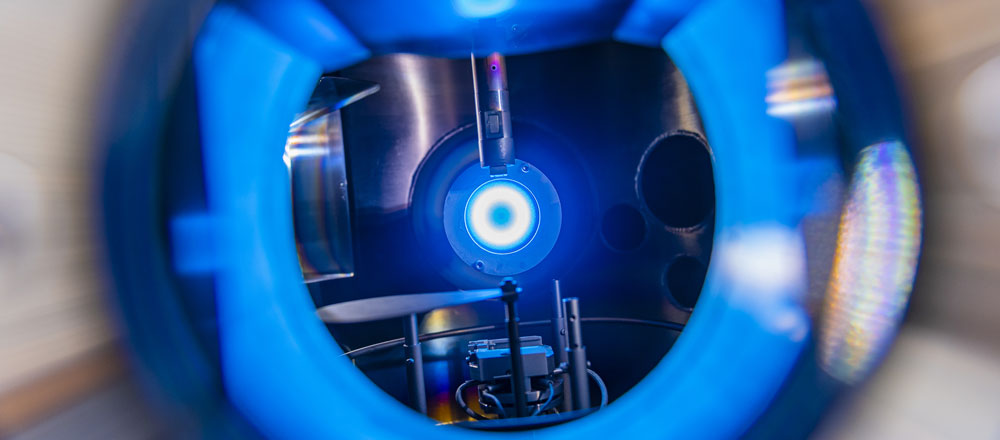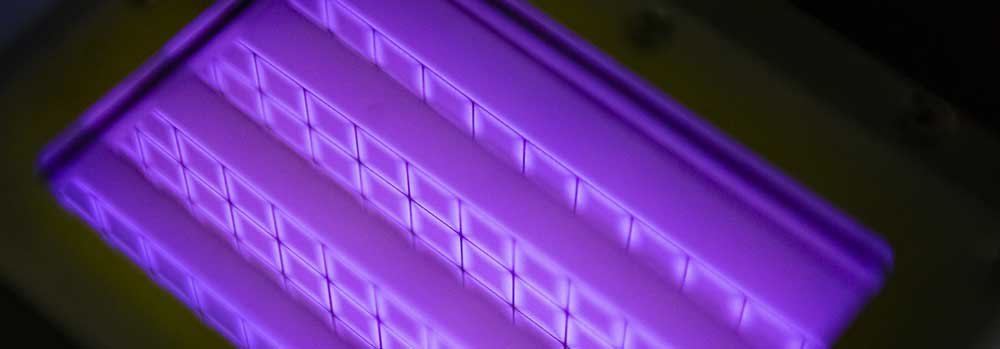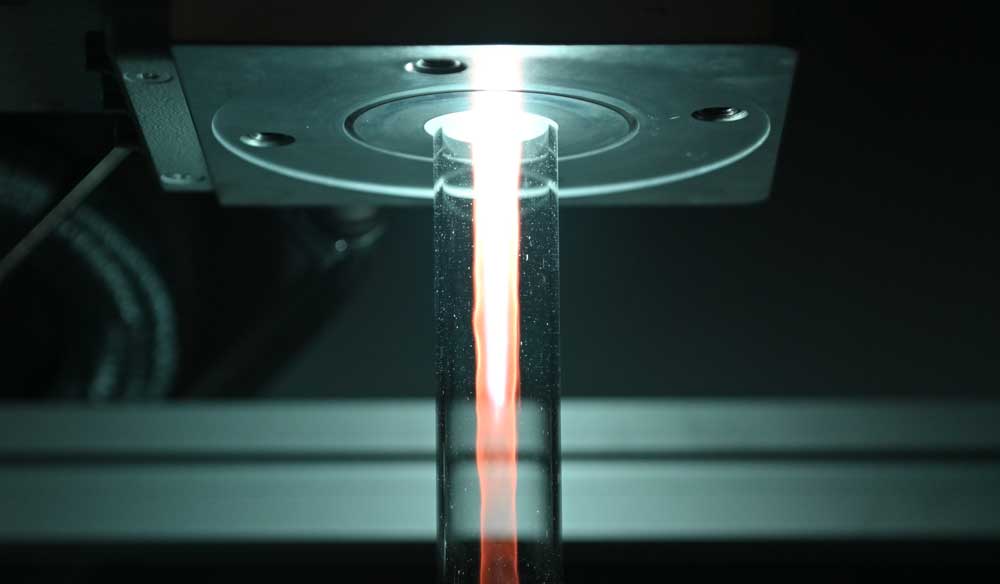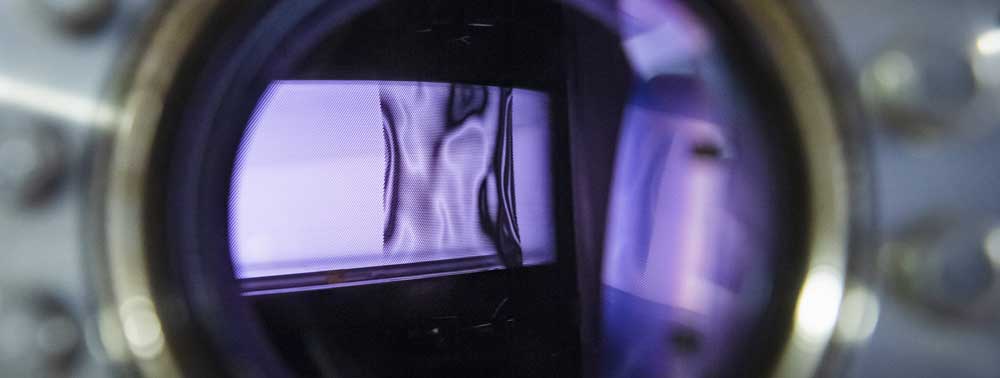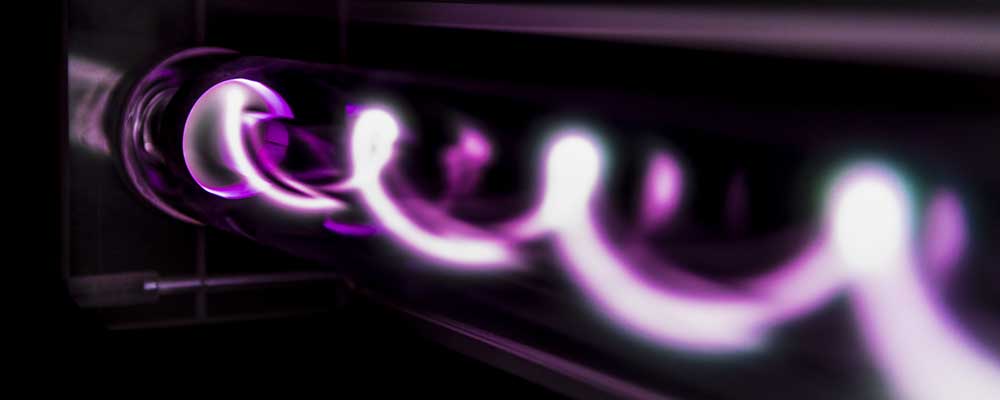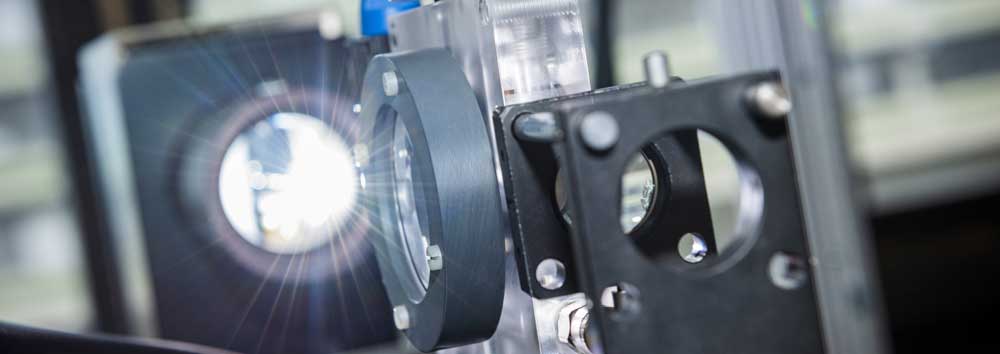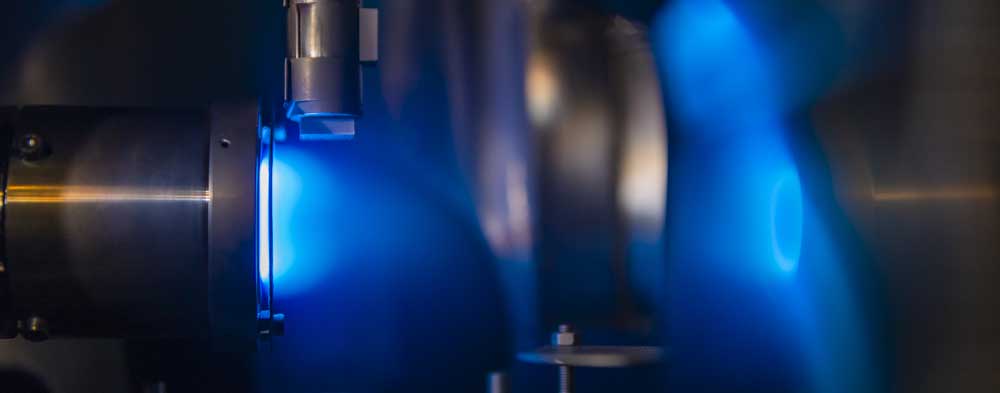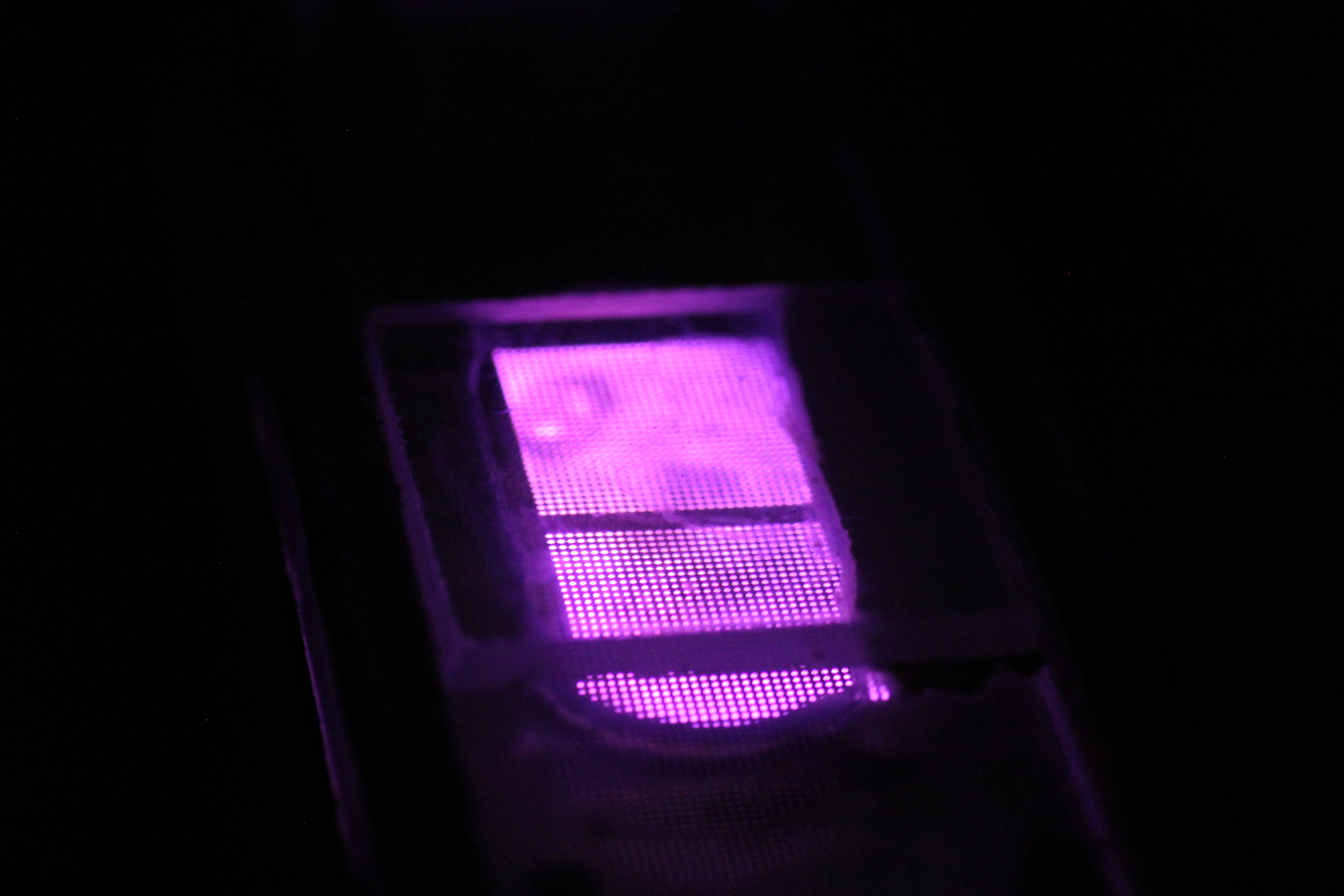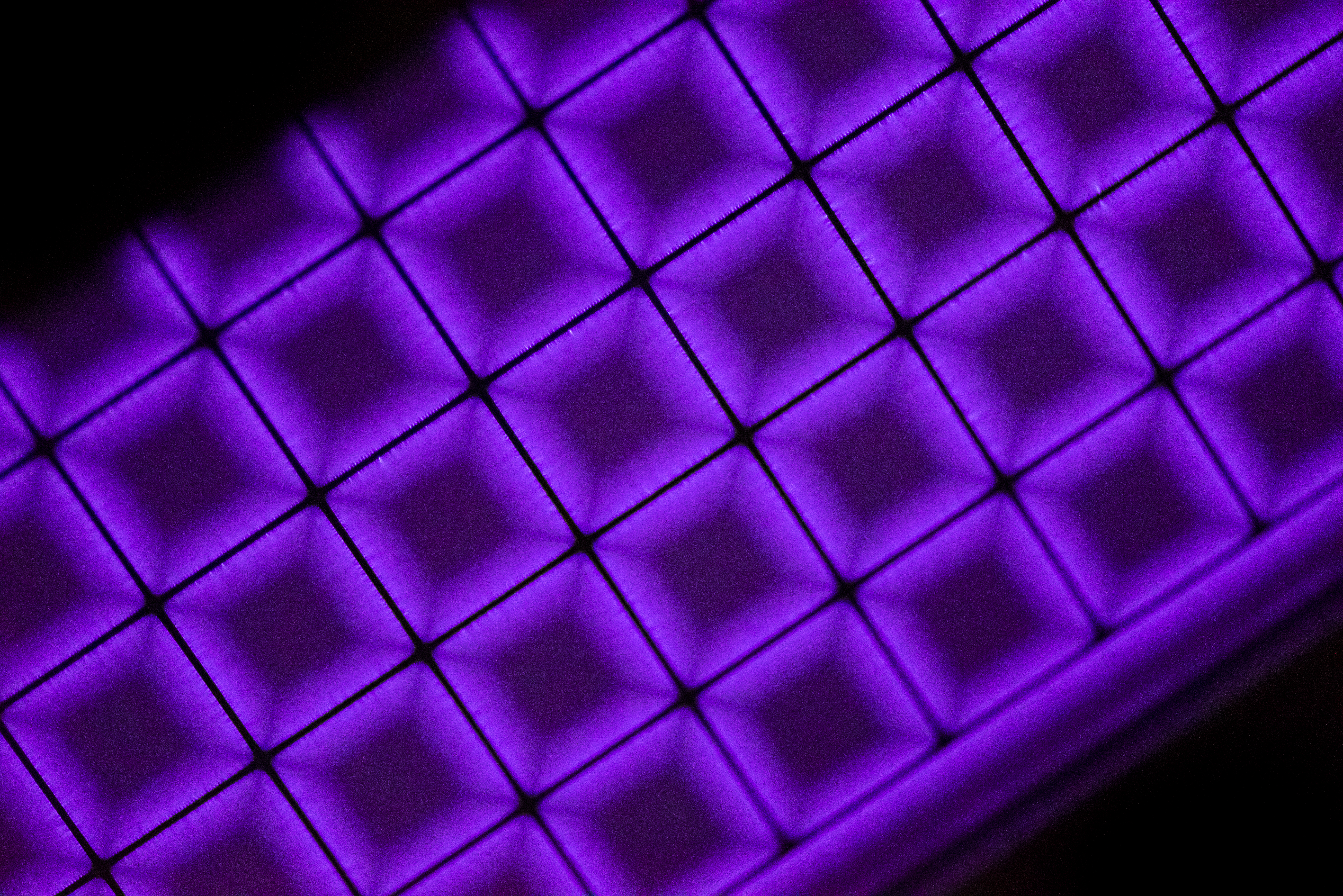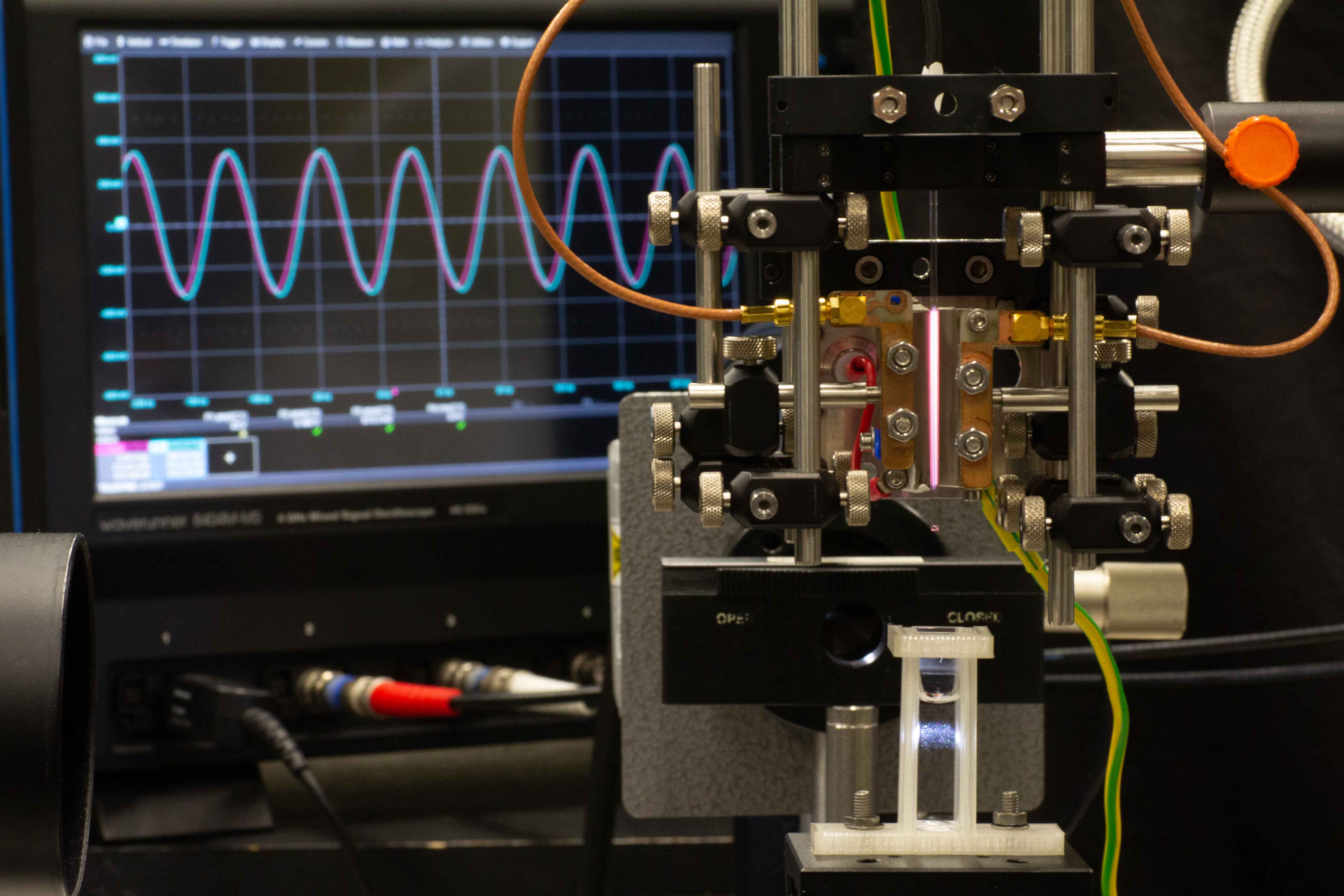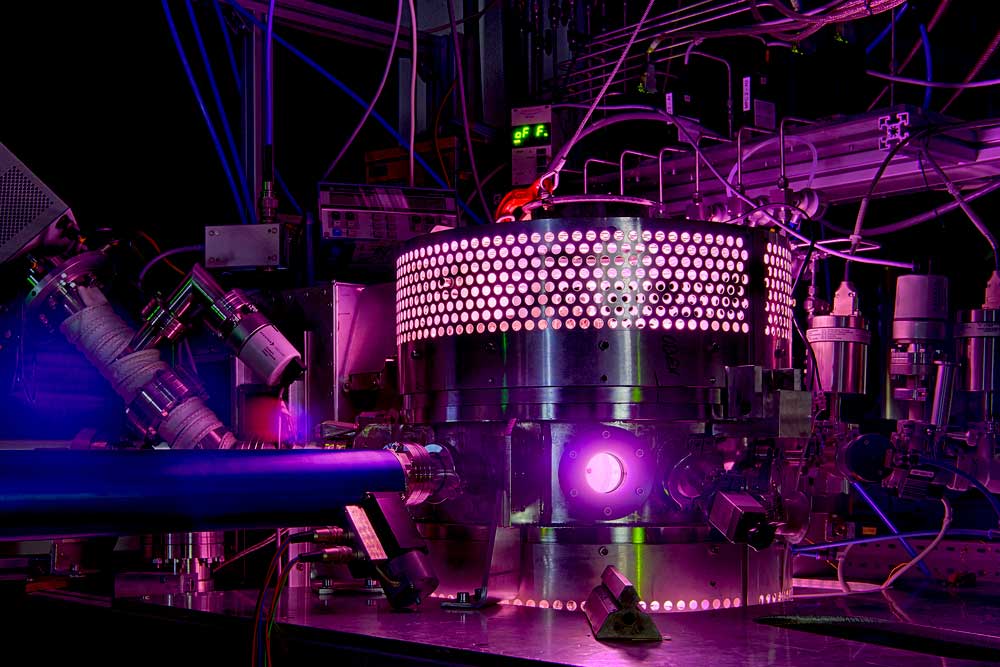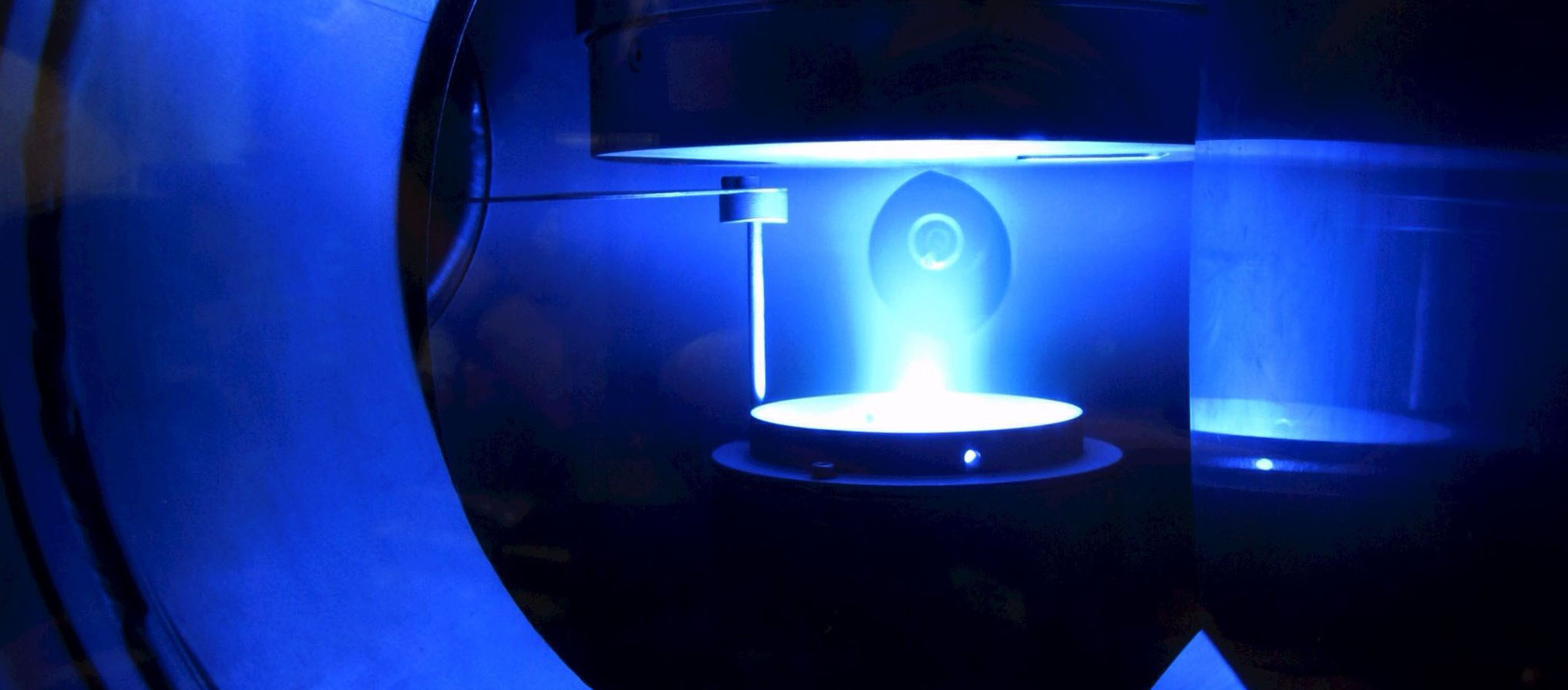- Details
Astronomy
DR. EVGENII VASILIEV
Dr. Evgenii Vasiliev from the Dept. of Space Physics, Univ. Rostov-on-Don will be a guest of PD Dr. Dominik Bomans from July 1-12, 2013 and will give a talk on "Metal ions in the ISM/IGM: equilibrium or time-dependent?" on July 11 at 15:30 in NA 7/32.
Interested parties are welcome to attend!
- Details
EP2
THOMAS GAUTIER
Dipl.-Phys. Thomas Gautier is doing his PhD in the framework of the co-tutele with the University of Versailles Saint Quentin, France, at Prof. Dr. Jörg Winter's Chair of Experimental Physics II and is again a guest at RUB from June 24-27, 2013. He is working on the question of plasma polymerization of nanoparticles, the main chemical reactions leading to the formation of these particles,and their chemical composition. For this purpose he uses infrared spectroscopy, chromatography, XPS and mass spectroscopy. The goal is to understand how the nanoparticles are formed in the atmosphere of titanium.
- Details
AEPT
PROF. DR. SAMUEL GRAHAM
Prof. Dr. Samuel Graham from the Georgia Institute of Technology, Atlanta (USA) will visit the RD Plasma and the SFB-TR87 on June 24, 2013.
- Details
TP1
PROF. DR. GWANGSON CHOE
On Thursday, June 20th,2013, Prof. Dr. Gwangson Choe from the School of Space Research, Kyung Hee University, Yongin, Korea, gives a talk at 11.00 am in room NB 7/67 about "Structural Growth of Coronal Magnetic Flux Systems and Solar Eruption". He stays at RUB as a guest of FOR1048.
Abstract: Erupting magnetic structures seen in coronal mass ejections are of grand scales. There have been speculations that such structures are formed in the solar interior before their emergence out of the solar surface. However, the structures observed to emerge into the solar photosphere are usually of a much smaller scale than the coronal structures observed before eruption. In this talk, I will illuminate the evolution of a group of small scale flux tubes into stepwisely larger scale flux systems while magnetic helicity is continuously injected into the corona. As magnetic helicity increases, individual flux tubes expand and reconnect with each other to create new field line connections between magnetic patches separated farther than the footpoint distance of the original connection. Thus created are new flux systems of larger scales, which are entwined with mutual magnetic helicity. When the system reaches a critical state, in which it can no more increase the footpoint distances by magnetic reconnection, the system must eject excessive magnetic helicity and energy away from the boundary. This process arises as an eruptive phenomenon in the solar corona. A relevant observation will also be presented and compared with the simulation.
- Details
EP5
PROF. DR. UWE KORTSHAGEN
On June 17, 2013, Prof. Dr. Uwe Kortshagen from the University of Minnesota, USA, will give a talk on "Silicon Quantum Dots: At the Intersect of Plasmas, Semiconductors, and Device Engineering" (Introduction: Prof. Dr. Uwe Czarnetzki). The talk will have been held at HNB starting at 12:15 pm as part of the Physics Colloquium. Interested parties are cordially invited!
Prof. Kortshagen is Distinguished McKnight University Professor and Department Head at the Department Mechanical Engineering and leads the.
ABSTRACT: Quantum confined nanocrystals, also called quantum dots, are attractive building blocks for opto-electronic devices owing to their size-dependent optical and electronic properties. While chalcogenide semiconductor quantum dots can conveniently be synthesized with liquid phase reactions, there are concerns about the abundance of their constituent elements and their toxicity.
Covalently bonded group IV semiconductors such as silicon are both abundant and nontoxic but require approaches that provide higher synthesis temperatures. Nonthermal plasmas have emerged as the synthesis route of choice for silicon and other group IV materials, since they provide high temperatures, narrow particle size distributions, and the ability to tailor the quantum dot surface properties with a great level of control.
This presentation will discuss the synthesis of quantum confined silicon nanocrystals with a capacitively coupled low-pressure plasma approach, which enables the production of macroscopic quantities of material with excellent control over quantum dot size and crystallinity. This synthesis scheme also enables one to selectively attach surface groups to the silicon quantum dots, which allow for optical quantum yields in photo- and electro-luminescence which are unprecedented for indirect bandgap semiconductors. Finally, the presentation will focus on how the efficient light emitting properties of silicon quantum dots can be utilized in highefficiency hybrid organic/nanocrystal light emitting devices.
This work was supported by the National Science Foundation (NSF) MRSEC Program under award number DMR-0819885, NSF award ECCS-0925624, and the Center for Advanced Solar Photophysics, a Department of Energy funded Energy Frontier Research Center.
- Details
TP1
PROF. RICHARD SYDORA
Prof. Dr. Richard Sydora from the University of Alberta, Edmonton is again a guest in Bochum from 3 to 14.6.2013. Within the framework of the Research Group 1048 and the Research Department "Plasmas with Complex Interactions" he is modeling together with the Bochum plasma physicists the dynamics of the magnetic structures produced in the FlareLab experiment and the particle acceleration occurring in the process. Both aspects are crucial for the occurrence and the effects of solar mass ejections and are modeled in Bochum in laboratory experiments and by means of large-scale computer simulations.
Prof. Sydora will give a talk on 6/13 at 16:00 in NB 7/173 with the topic "Modeling Ion-Acoustic Turbulence and Particle Acceleration in the FlareLab Experiment." Interested parties are welcome to attend!
- Details
TP4
GUESTS FROM ANKARA
From May 17-21, 2013, Seydi Yavas, Burak Eldeniz and Sinem Yilmaz (pictured from left to right) from the Ultrafast Optics & Lasers Laboratory (UFOLAB) at Bilkent University in Ankara, Turkey, visited the Institute of Experimental Physics II to work on the laser with PhD student Stefan Spiekermeier. They installed the temperature-stabilized oscillator for the femtosecond laser.
